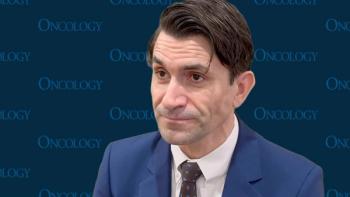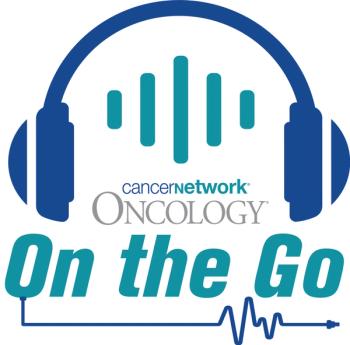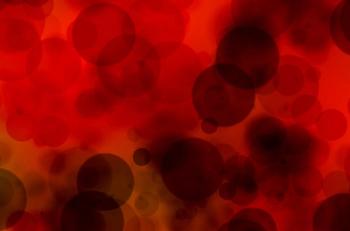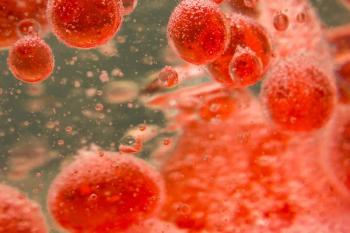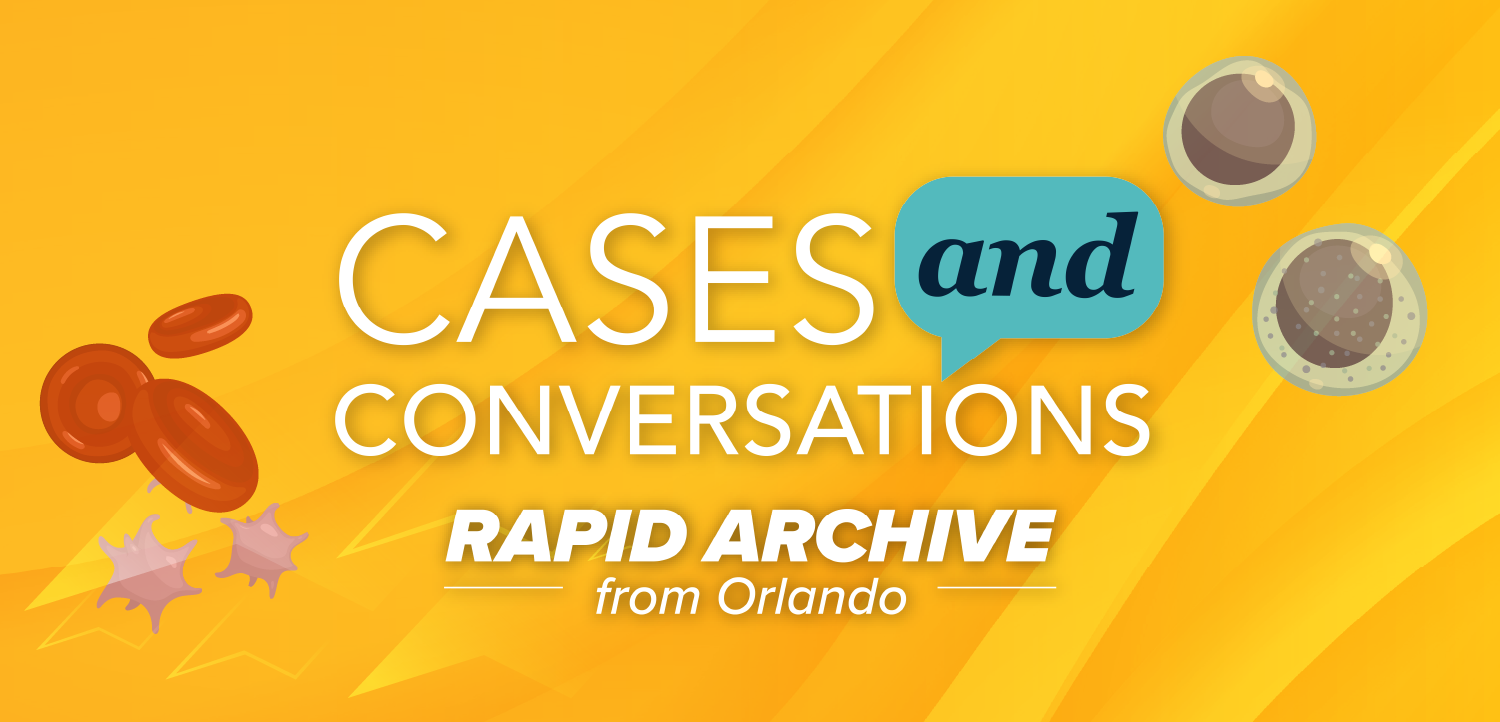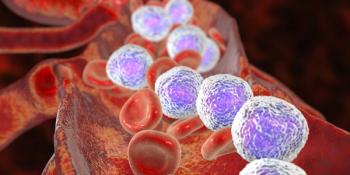
Oncology NEWS International
- Oncology NEWS International Vol 6 No 1
- Volume 6
- Issue 1
Radiolabeled Monoclonal Antibody Targets Bone Marrow in AML Transplant Patients
ORLANDO--A preparative regimen employing a radiolabeled monoclonal antibody (MoAb), coupled with busulfan (Myleran) and cyclophosphamide (Cytoxan, Neosar), yielded a low relapse rate in patients with acute myelogenous leukemia (AML) undergoing bone marrow transplantation (BMT) while in first remission.
ORLANDO--A preparative regimen employing a radiolabeled monoclonal antibody(MoAb), coupled with busulfan (Myleran) and cyclophosphamide (Cytoxan,Neosar), yielded a low relapse rate in patients with acute myelogenousleukemia (AML) undergoing bone marrow transplantation (BMT) while in firstremission.
"Although follow-up is short," Dana C. Matthews, MD, saidin her presentation at the ASH meeting, "we are very encouraged bythe low relapse rate."
Despite advances over the last two decades, AML patients undergoingBMT during first remission have shown no appreciable improvements in disease-freesurvival, said Dr. Matthews, of the Fred Hutchinson Cancer Research Center.
Increasing the radiation dose used in the preparative regimen lowersthe relapse rate in these patients, according to previous studies conductedat Hutchin-son, but has no impact on overall disease-free survival, shesaid. Moreover, the higher radiation doses produce greater toxicity tonormal organs, eg, the liver.
In contrast, use of an anti-CD45 murine MoAb labeled with iodine-131enabled Dr. Matthews and her colleagues to safely deliver almost 11 Gyof radiation to marrow in 17 AML patients, ranging in age from 16 to 55years, who were to receive a marrow graft from an HLA-matched, relateddonor.
In this phase I/II study, patients first received a trace dose of theradiolabeled MoAb followed by gamma camera imaging and a bone marrow biopsyto determine the estimated dose to target organs (spleen, bone marrow)and nontarget organs (liver, lung, kidney). These individualized radiationabsorbed doses were used to calculate desired therapeutic doses of theMoAb, Dr. Matthews said.
Therapeutic Doses
The therapeutic doses were administered over 4 to 8 hours on the 14thday before transplantation and were followed by treatment with busulfan(16 mg/kg/day) on the eighth through fifth days prior to grafting and cyclophosphamide(120 mg/kg/day) on the third and second days preceding BMT.
She noted that no grade 3 or 4 regimen-related toxicity occurred inthe first four patients, who received a lower radiation dose (105 to 152mCi of iodine-131, which delivered an average of 3.5 Gy to the liver and9.2 Gy to the marrow).
Use of a higher level of radiation (101 to 263 mCi of iodine-131, deliveringan average of 5.25 Gy to the liver and 10 Gy to the marrow) in the next13 patients resulted in three cases of grade 3 toxicity (mucositis) andone instance of grade 4 toxicity. The patient with grade 4 toxicity diedof multiorgan failure, she added.
In the surviving 16 patients, no relapses have occurred over a medianfollow-up of 14 months. One patient is still alive 33 months after transplant.Although continued accrual and longer follow-up are needed to ascertaintrue toxicity rates and the durability of remissions, Dr. Matthews believesthat the new therapy "should improve disease-free survival in AMLpatients in first remission."
Articles in this issue
almost 29 years ago
New Board to Deal With Cancer Policy Issuesalmost 29 years ago
MoAb Shows Positive Results in Lymphoma Patientsalmost 29 years ago
Prostate Cancer Gene Location Narrowed to Chromosome 1 Armalmost 29 years ago
New BCG Bladder Cancer Indication Gets Panel Nodalmost 29 years ago
Panel Advises FDA To OK Letrozole for Advanced Breast Canceralmost 29 years ago
Limited Diagnostic Testing After Breast Cancer Treatment Urgedalmost 29 years ago
Pressures of Managed Care Spur Interest in Clinical Guidelinesalmost 29 years ago
Baltimore Will Head New Effort To Develop a Vaccine for HIValmost 29 years ago
Epidemiologist Challenges Tamoxifen, Second Cancer Linkalmost 29 years ago
Cancer Care's AIDS Pain Booklet AvailableNewsletter
Stay up to date on recent advances in the multidisciplinary approach to cancer.


